What do a mountain bike, a MotoGP bike and an AC 75 yacht have in common? In other words, what do sailing, motorcycling and mountain biking have in common? At first glance, nothing. But if we go deeper into the question, a thread that unites these sports disciplines exists and bears the name of an Italian company of the calibre of Dainese.

This is where the protection systems of Luna Rossa Prada Pirelli Team and Emirates Team New Zealand teams are made. Actually, it is nothing new. On the last America’s Cup edition, Dainese had already supplied the equipment to the Kiwi team, thanks to Max Sirena who, leader of the Italian challenge today, was the Technical Advisor of Emirates Team Zealand at the time. His passion for motorcycle racing prompted him to contact Dainese and involve it in the development of adequate protection for the crew.
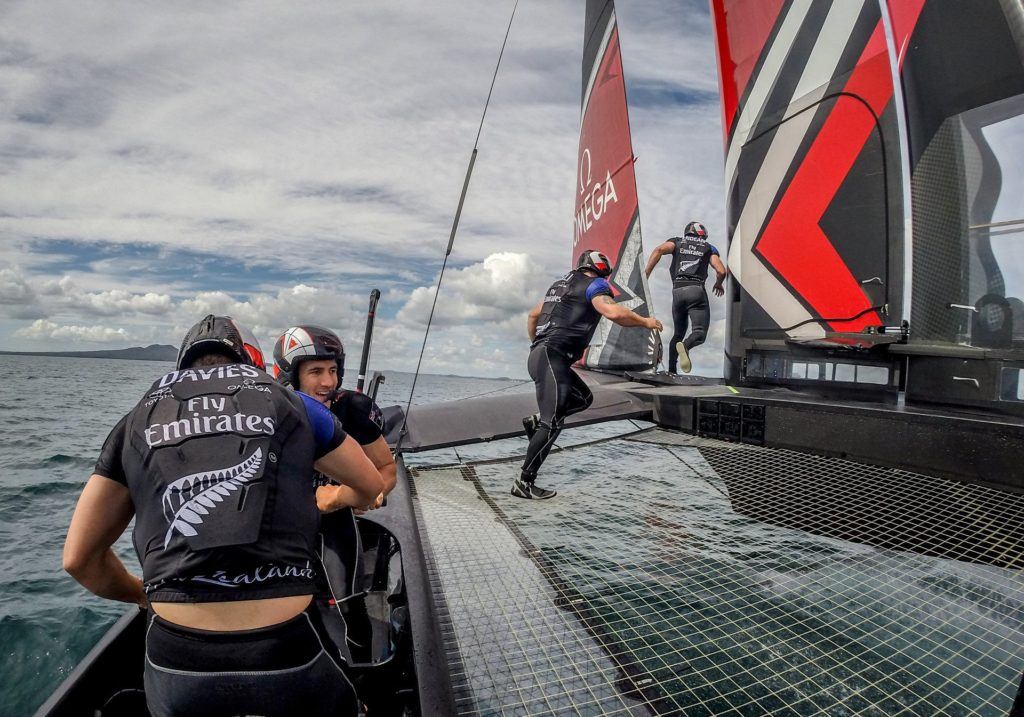
Already in 2013, with the entry of the AC 72 yachts, the America’s Cup had taken the path of performance with the introduction of the first foiling systems. But it is only during the next edition, that of 2017 in Bermuda, that the real quantum leap was made. The AC 50 yachts marked the turning point and foiling navigation anticipated the future thanks to performance never achieved before, while paying special attention on a series of issues, including safety. This is where Dainese came into play, backed by a long experience in extreme disciplines such as skiing, MotoGP and mountain biking.
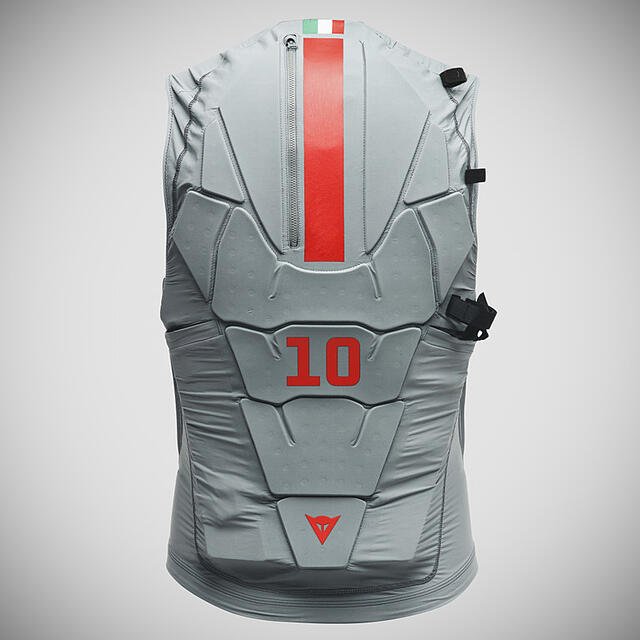
The latter, in particular, inspired the first system developed in the Italian company’s reaserch and development department, then used by the Kiwi crew. Sea-Guard -that’s the name of the device – was the result of a joint collaboration between Dainese technicians and the New Zealand team. The starting point was the Ryholite Safety Jacket, a special solution designed to offer the best impact protection for downhill bikers. Of course, the marine context is totally different from the land one and needs, too, are not the same. As a result, in addition to protection, buoyancy was another fundamental requirement.
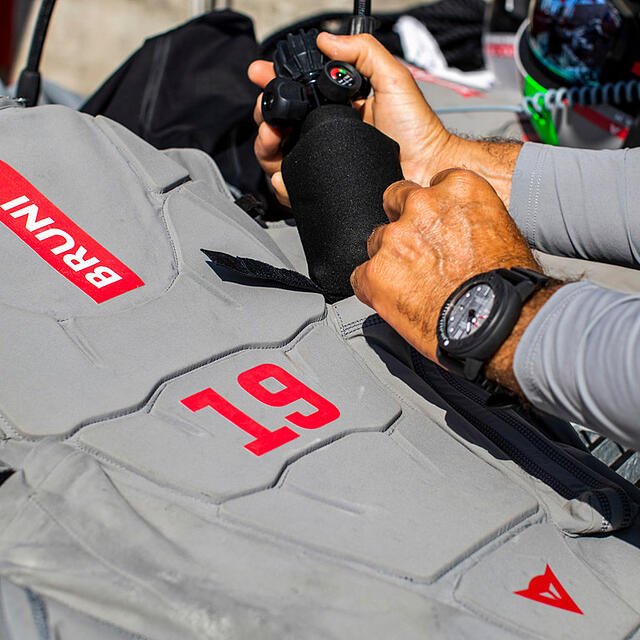
This problem was solved brilliantly thanks to the use of some floating pads on the inside of the back and chest protector. Furthermore, in the first version, this bodice provided an additional protection at the height of the back inspired by the one present on the MotoGP riders’ suits. An oxygen cylinder inside came into operation in the event of capsizing. Subsequent tests led to replace it with a water bag that allowed drinking during the activity while the cylinder, the intercom and the knife were housed in other pockets. Lightness, easy wearing and minimum incumbrance were three other essential requirements. The rest is history.
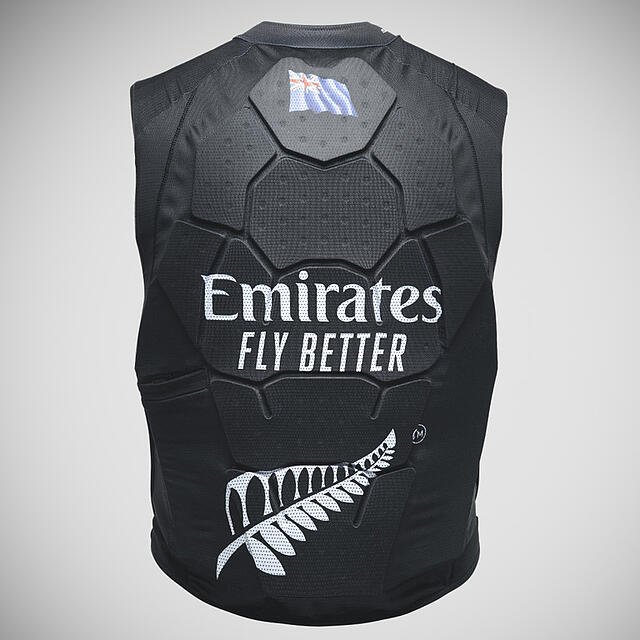
In 2017, Emirates Team New Zealand conquered the trophy by beating Oracle Team USA. Four years later, history is repeating and Dainese supports both the New Zealand and the Luna Rossa Prada Pirelli teams. The AC 75, the flying monohulls to be used in the 2021 America’s Cup , have already shown their potential with top speeds of over 50 knots.
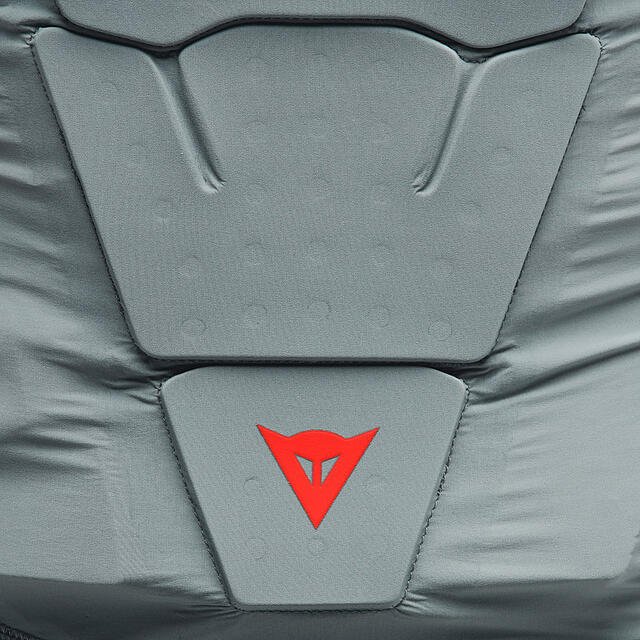
The Italian team has chosen a Sea-Guard jacket with the same basic characteristics, such as buoyancy, than the 2017 version but with some innovations. Starting with the Kinetech technical fabric, characterized by high resistance, elasticity and lightness. The protection system reaches up to the coccyx for better lumbar vertebrae protection. The oxygen cylinder is housed in a pocket on the right side. A water bag is provided to keep the crew always well-hydrated, especially for grinders engaged in considerable physical effort during races.

Equipment also includes dedicated pockets for the intercom and the knife to be used in case of emergency or capsize. Emirates Team New Zealand, instead, has opted for a different Sea-Guard jacket, shorter than the Luna Rossa Prada Pirelli Team’s one. Morover, the oxygen cylinder compatment is inside a pocket on the left side. Lastly, the crew members positioned inside the hull wear a helmet specially designed by Aldo Drudi with the inevitable silver fern symbol that distinguishes the New Zealand national sports teams. A confirmation that, when it comes to technology in the most extreme competitions, Italy is second to none.





